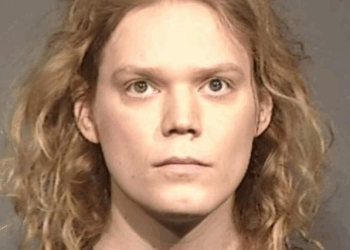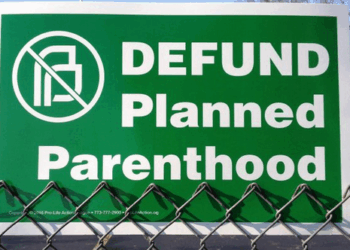There was a time when German Catholics fought for the faith. One hundred and fifty years ago, half the bishops of Prussia were imprisoned, as were hundreds of parish priests, leaving more than a thousand parishes orphaned. All of them had refused to cooperate with various Prussian laws, often called “May Laws,” intended to suffocate the independence of the Catholic Church in favor of an “ecumenical” brand of Protestantism. German lay Catholics responded by providing hiding places for clergy, paying fines clergymen incurred from the state, and purchasing bishops’ furniture at auction. And they were just getting started.
As Roger Chickering explains in his recent book The German Empire, 1871–1918, this battle between the German State and Catholics was years in the making, and shows a Catholic Church in Germany that was orthodox, pious, and deeply fervent. It is not only a demonstrable difference from a German church today, which is hemorrhaging members, but also likely explains why the German-American experience – which included such a large percentage of Catholics – was itself so vibrant, giving us such saints as St. John Nepomucene Neumann and St. Marianne Cope.
The conflict in Germany began in 1837, when the Prussian government incarcerated the archbishop of Cologne over a dispute regarding mixed marriages between Catholics and Protestants. In the decades that followed, German Catholicism was reinvigorated. In 1844, more than half-a-million Catholics made a pilgrimage to an exhibition of the Holy Coat in Trier. There was also a dramatic increase in the number of religious organizations: between 1837 and 1864, the number of monasteries in Bavaria quintupled.
This concerned many German Protestants, particularly liberals and those in positions of government, who believed that the fulfillment of German unification and the Protest Reformation required the destruction of Rome’s power in Germany. To disempower the Catholic Church in Germany, these parties reasoned, would remove a foreign intruder from the German body politic, a relic of a superstitious past, and usher in a single Protestant German national church.
Unfortunately for Catholics, Protestant liberals and their allies enjoyed a majority in the 1871 Reichstag of the new imperial Germany, and exploited that power to introduce a new provision to the federal penal code, stipulating imprisonment of up to two years for any clergyman who addressed affairs of state in a manner likely to disturb the public peace. The “pulpit paragraph” was the opening salvo in what came to be known as the “culture war” or Kulturkampf.
A suite of further anti-Catholic legislation followed. One law empowered the state to remove clergymen from positions they had previously held as local school inspectors. Another forbade religious orders from teaching in state schools. Yet another banished the Jesuits and several other orders from Germany altogether. Still others demanded that German clergy be educated at German universities, and that clergy pass a “culture test” that was not required of Protestant theology students. Papal disciplinary actions were made subject to Prussian state oversight.
In response, Pope Pius IX declared that the duty of Catholics to obey secular authority was valid only so long as the state “ordered nothing against God’s commandment and the Church.” In 1873, the bishops forbade Catholics from complying with the May Laws. This did not deter the Prussian parliament, which banned all Catholic religious orders from Prussia and introduced compulsory civil marriage. Chickering observes: “The liberals abandoned their political ideals, this time religious toleration, freedom of assembly, and the equal protection of the laws.”
By 1876, all of Prussia’s twelve Catholic bishops were either in prison or exile. Approximately 200 clergymen were fined or imprisoned, along with more than a hundred Catholic newspaper editors. Twenty Catholic newspapers were closed down.
That same year, reports emerged of Marian apparitions in the village of Marpingen in the Prussian Saarland – over 100,000 pilgrims traveled to what became known as the “German Lourdes.” (Official ecclesial investigations, including one that concluded in 2005, decided that “the events in Marpingen cannot be confirmed as being of supernatural origin.”)
Regardless of the veracity of such visions, persecution only emboldened German Catholics, who boycotted the national celebrations of Sedan Day (when the Prussians defeated the French in the war of 1870), which Catholics labeled “Satan Day.” On such feasts as Corpus Christi, Catholics occupied public spaces with processions, demonstrations, and festivals. Catholic politicians such as Otto von Bismarck’s nemesis Ludwig Windthorst mobilized local associations to vote more Catholics into public office, the Catholic Center Party nearly doubled its representation in the Prussian parliament, becoming the second largest party.
By the mid-1870s, it had become clear to Prussia’s elites that political Catholicism would not suffer the swift and easy defeat that its antagonists had hoped. “Catholicism had instead become a tenacious and durable political reality in the new Germany, a major parliamentary presence,” writes Chickering. Indeed, Catholic newspapers grew from 126 in 1871 to 221 in 1881 to 446 in 1912. Wilhelm I, king of Prussia, feared that the liberal attacks against the Catholic Church had actually turned it from an agent of social order into a disruptive force.
Sadly, significant pieces of anti-Catholic legislation did survive, albeit selectively enforced, including the pulpit paragraph, the anti-Jesuit law, and the expatriation law. Nevertheless, the size, activism and long-term cohesion of a self-conscious Catholic community were provoked in large part by the Kulturkampf, as “images of the German Catholic Church as a beleaguered fortress, tower, or ghetto persisted well into the twentieth century.”
Though that fruit is far less visible today in today’s German Catholic Church, surely it persists among millions of American Catholics descended from these hearty men and women. And it’s a hopeful lesson as Catholics consider a cultural and political landscape increasingly antagonistic toward their faith and way of life: sometimes political persecutions of the Church backfire, galvanizing the faithful to action, and deepening their religious commitments.

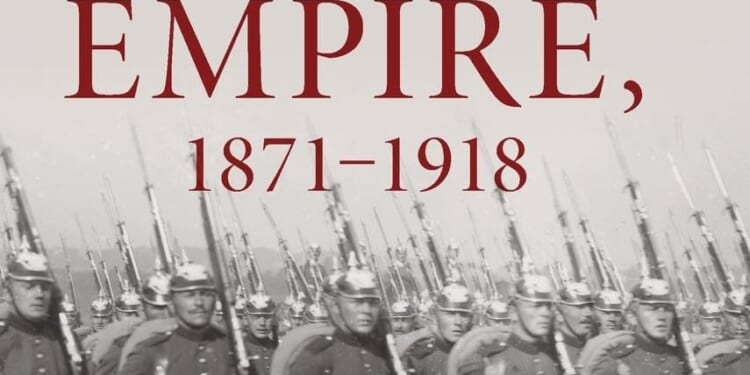
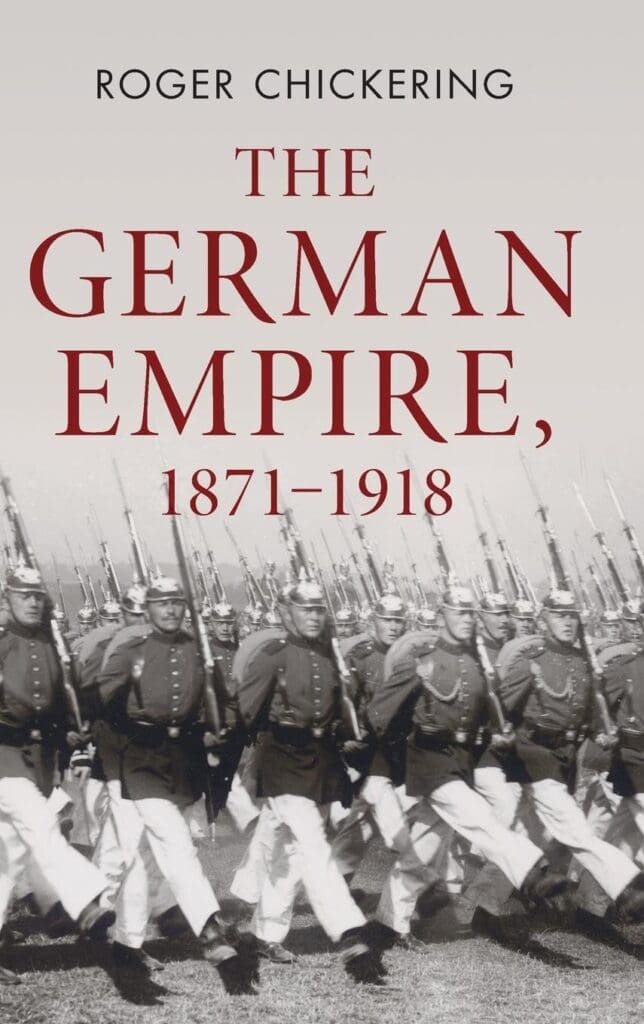

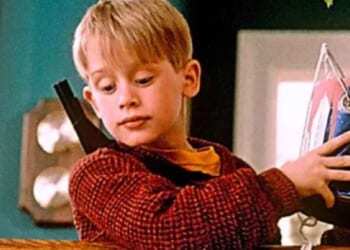
![Hegseth Demands Fitness Requirements, Says 'Fat Troops' 'Not Who We Are' [WATCH]](https://teamredvictory.com/wp-content/uploads/2025/09/Hegseth-Demands-Fitness-Requirements-Says-Fat-Troops-Not-Who-We-350x250.jpg)
